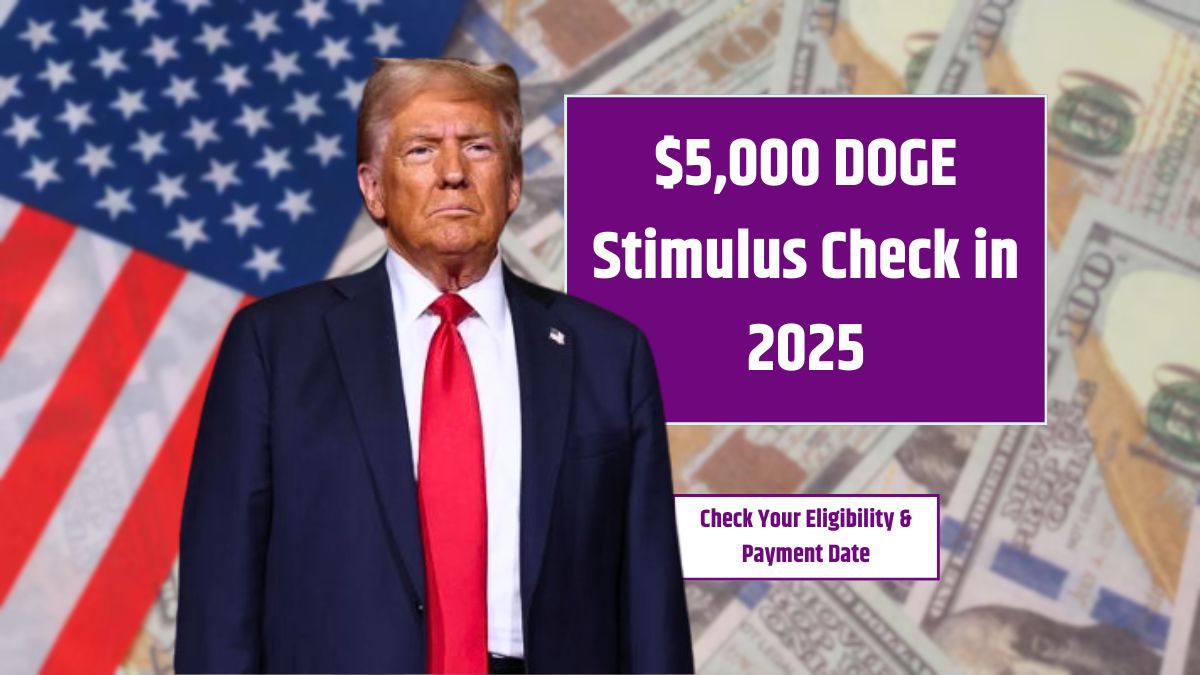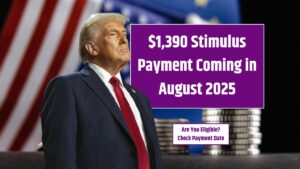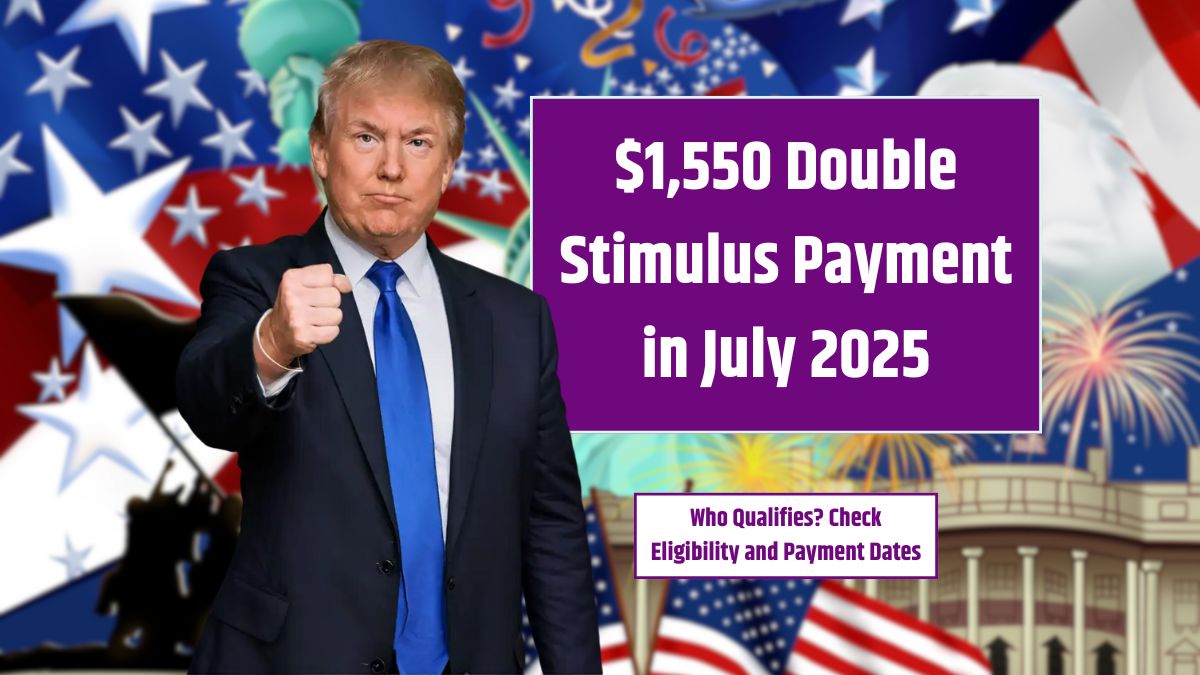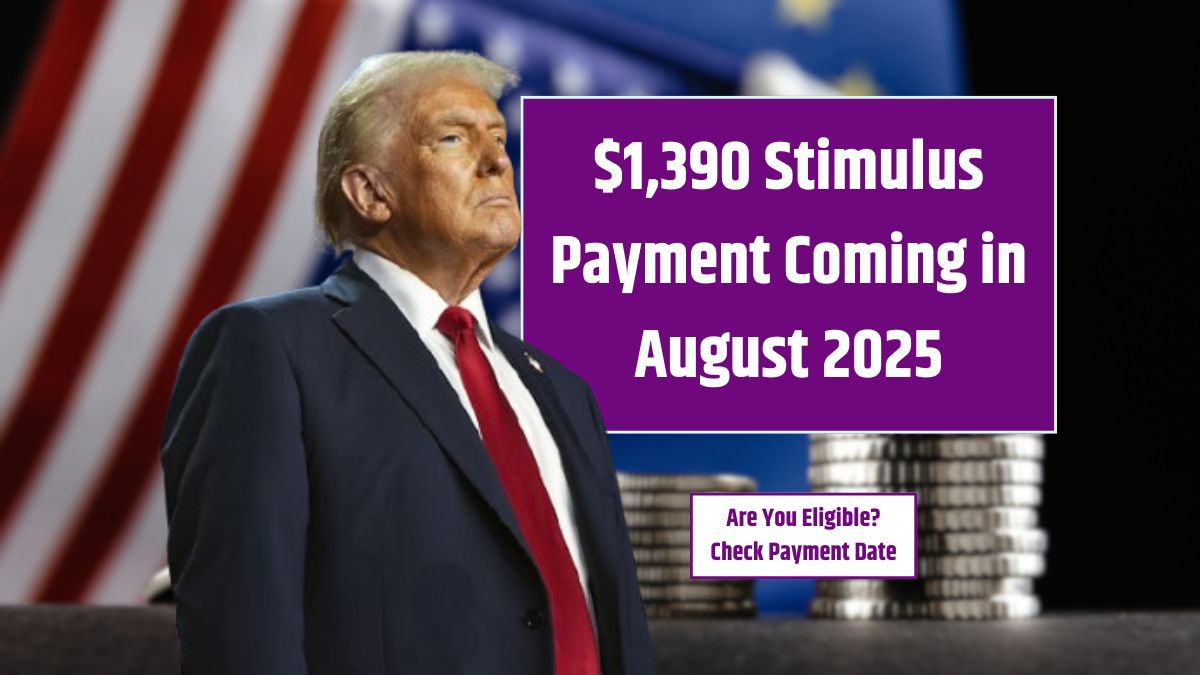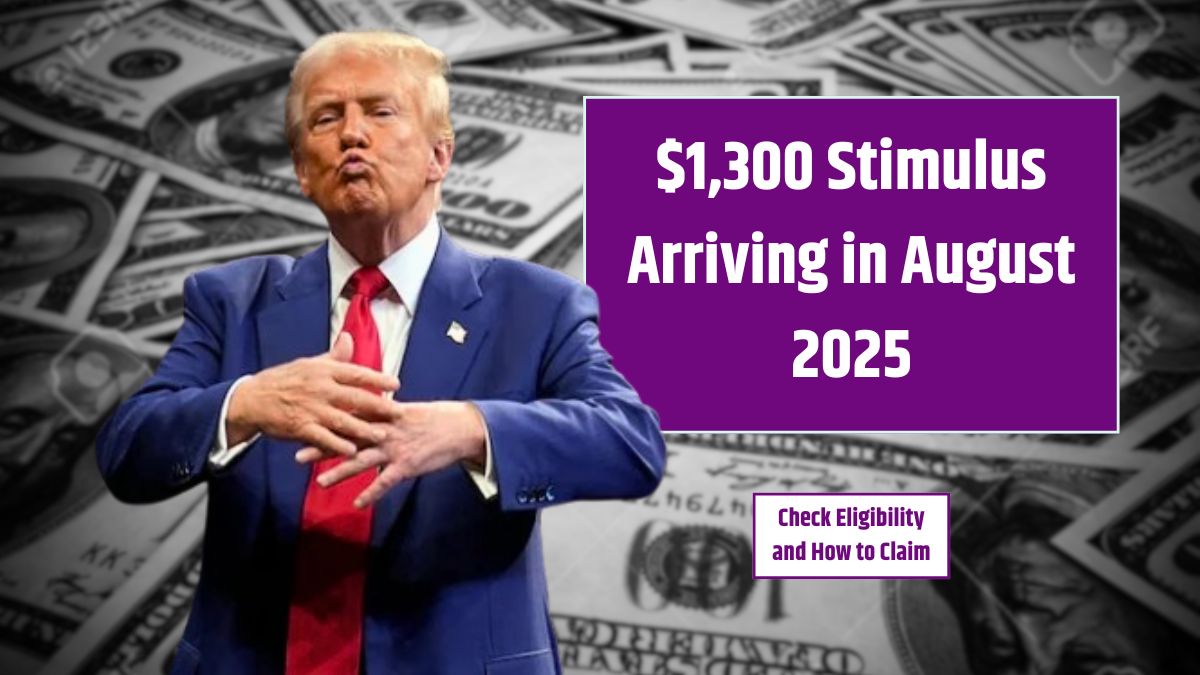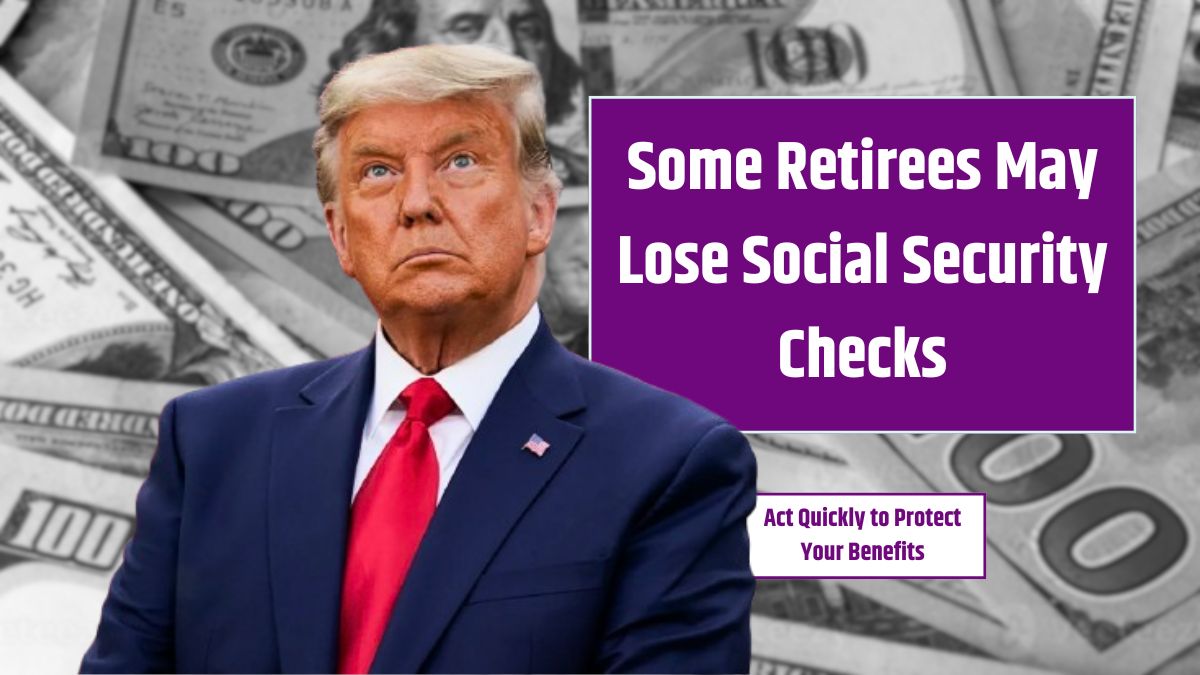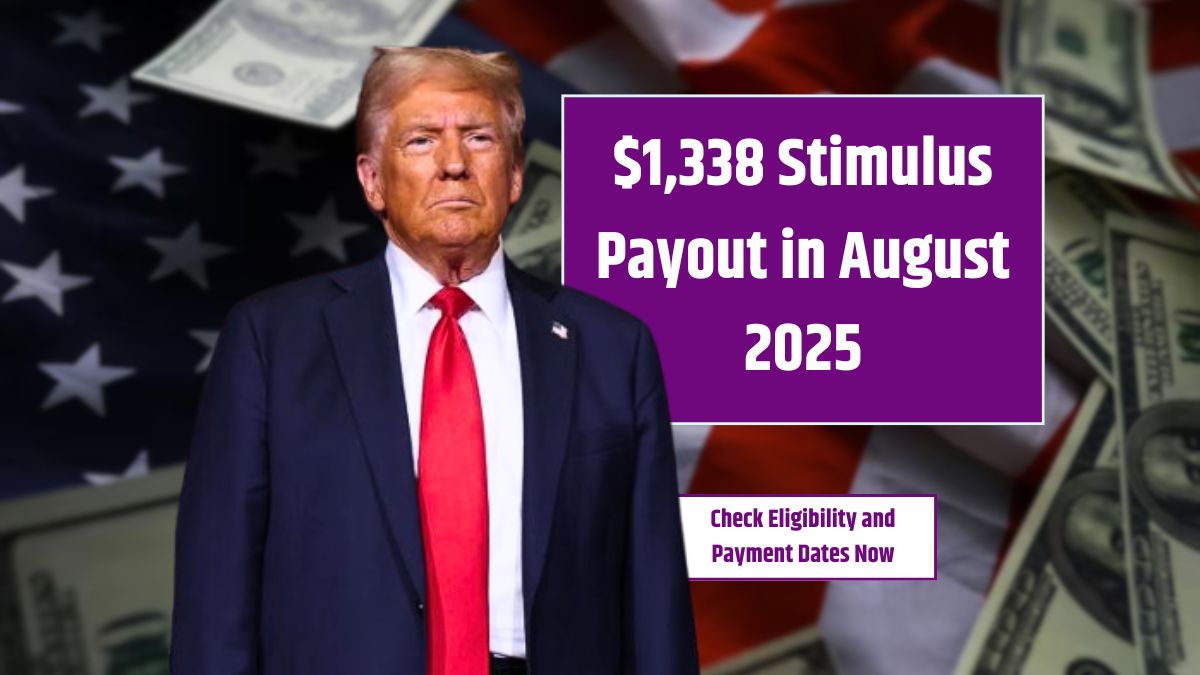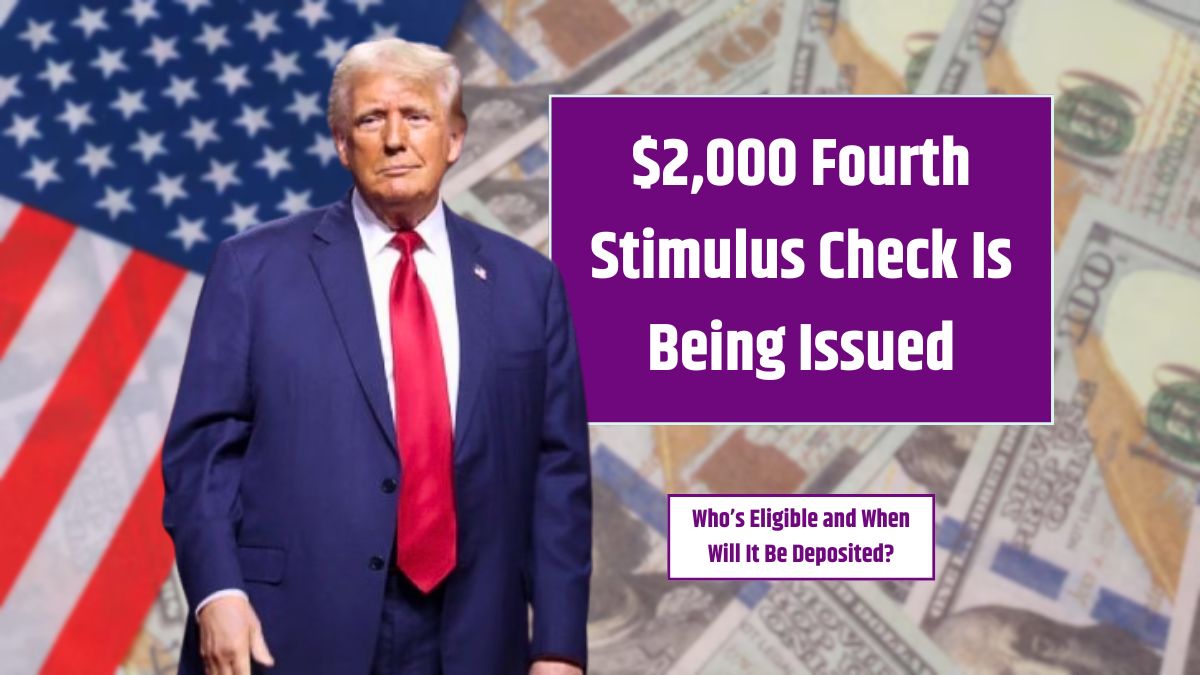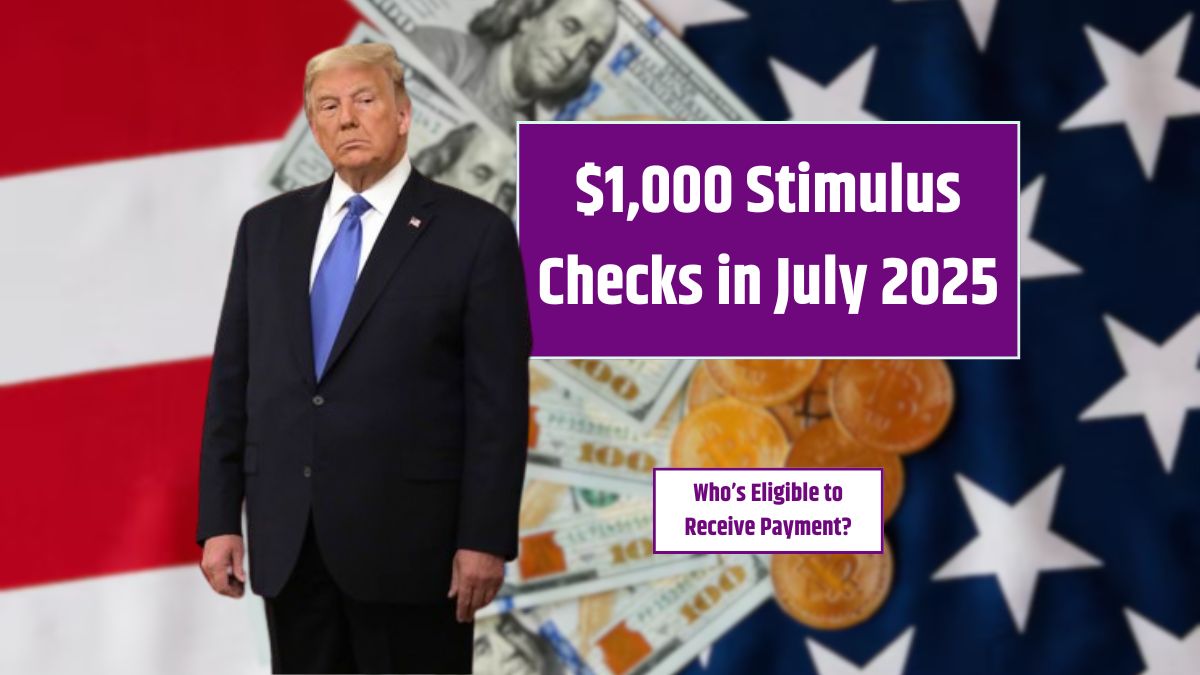The idea of a $5,000 DOGE stimulus check—also called the DOGE Dividend—is turning heads across the country. While it’s not yet law, the proposal has stirred curiosity and debate, especially as it links to Elon Musk’s Department of Government Efficiency (DOGE). Created to cut wasteful federal spending, DOGE’s ultimate goal is to return a portion of the savings directly to taxpayers. But how realistic is the $5,000 check, who would actually qualify, and when could it arrive?
Here’s everything you need to know about this high-profile proposal.
Table of Contents
Overview
The DOGE stimulus is a proposed one-time payment of $5,000 per eligible household. The concept is to share the savings generated by DOGE—an experimental government department led by Elon Musk and focused on cutting federal waste.
| Aspect | Details |
|---|---|
| Program Name | DOGE Stimulus Check Proposal |
| Proposed Amount | $5,000 per qualifying household |
| Initiated By | James Fishback, CEO of Azoria Investment |
| Managed By | Department of Government Efficiency (DOGE) |
| Government Savings (2025) | $140–160 billion |
| Target Goal | $2 trillion in total savings |
| Eligibility | Taxpayers with AGI above $40,000 |
| Earliest Payout Date | After DOGE closure on July 4, 2026 |
| Official Site | doge.gov |
What Is the DOGE Stimulus?
The DOGE stimulus is a proposed return of 20% of federal savings from DOGE back to taxpayers. The other 80% would go toward reducing the national debt. The idea was introduced by James Fishback, a hedge fund CEO, and gained traction after Elon Musk publicly expressed interest.
Though the concept is gaining support, no legislation has been passed yet.
Who Could Qualify?
The eligibility rules aim to reward working taxpayers—not all Americans. Here’s what the current proposal suggests:
1. Net Federal Income Taxpayers
Only those who pay more in federal income taxes than they receive in federal benefits would qualify.
2. Minimum AGI
Individuals must earn at least $40,000. Couples and heads of household would likely face higher thresholds.
3. Employment Status
You must be employed. This excludes most full-time students, non-working retirees, and some disabled individuals unless they meet the tax requirements.
4. Social Security Recipients
Some recipients might qualify if they pay net federal income tax and meet income thresholds.
This approach aims to avoid inflation and target benefits to those contributing to the federal budget.
How Much Could You Get?
While the goal is a $5,000 payout per household, current government savings under DOGE are far below what’s needed. As of April 2025, DOGE reports savings of about $140–160 billion.
Here’s what that means:
- If Congress authorizes partial payouts, eligible taxpayers might receive around $300–$600.
- A full $5,000 check would likely require the full $2 trillion in savings.
When Could It Happen?
If everything aligns—the savings hit $2 trillion and Congress passes legislation—the earliest distribution could happen after DOGE is dissolved on July 4, 2026. Until then, there is no set timeline.
No payments can be issued without Congressional approval, and the plan is not yet part of the official federal budget.
Real-Life Example
Let’s look at two possible recipients:
Anna earns $65,000 as a public school teacher. She pays federal income tax and receives no government aid. If the DOGE stimulus passes, she would likely qualify for the full payout.
Dave earns $20,000 part-time and receives food assistance. He likely wouldn’t qualify under the proposal because he’s a net federal aid recipient.
Expert Views
Opinions on the DOGE stimulus are mixed.
Supporters say:
- It promotes transparency and accountability.
- It could stimulate the economy without printing money.
- It rewards taxpayers directly instead of funneling funds through programs.
Critics say:
- The $2 trillion savings goal may not be achievable.
- It sets a precedent that could politicize budget cuts.
- Administering the program could require new infrastructure and oversight.
The Congressional Budget Office has noted that reaching the $2 trillion goal would mean massive cuts to defense, healthcare, or other major programs.
How to Stay Informed
There is no application process at this stage, and no payments are being sent yet. To stay updated:
- Visit doge.gov for official updates.
- Watch for legislation introduced in Congress.
- Follow credible news outlets.
- Avoid scams—anyone offering early access or asking for personal information is not legitimate.
FAQs
Is the DOGE stimulus check real?
It’s a proposal, not yet approved or funded by Congress.
Who would qualify for the DOGE check?
Working taxpayers with AGI above $40,000 who pay net income tax.
When could the DOGE check arrive?
Earliest possibility is after July 4, 2026, if approved.
How much could I receive from DOGE?
Up to $5,000, but partial payouts like $300–$600 are more likely.
Where do I check for DOGE updates?
Visit doge.gov or follow trusted government news sources.

